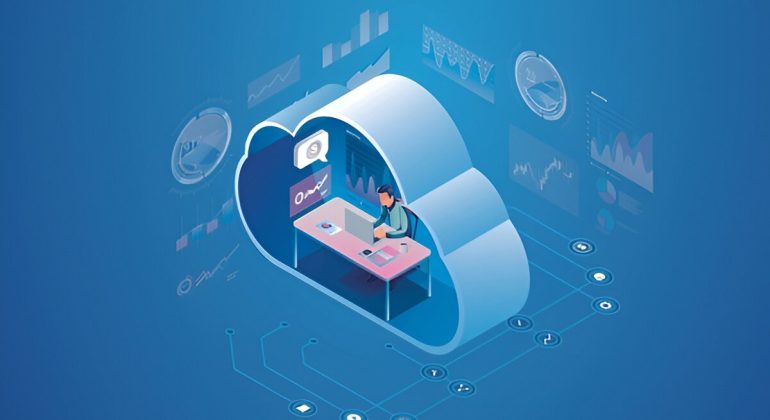Why Sales ERP Software Is a Must-Have for Sales Teams in 2025
Sales isn’t what it used to be.
Everything’s faster now—buying cycles, customer expectations, internal targets. With so much happening at once, relying on disconnected systems or spreadsheets to manage sales is akin to trying to run a race without shoes. That’s why more companies are leaning on Sales ERP Software—not as a nice-to-have, but as the foundation of how they sell.
If you’re responsible for hitting numbers, coaching a team, or just trying to bring some order to the sales chaos, this isn’t something to overlook.
Let’s break down why a dedicated ERP solution for sales is quickly becoming essential—not optional.
No More Guesswork, No More Juggling Tools
Ask any sales rep what slows them down, and chances are you’ll hear about all the switching—from CRM to spreadsheets, from email to quote builders. It adds up. It’s inefficient. And it’s easy to make mistakes.
With the right Sales ERP platform, everything sits under one roof. Leads, follow-ups, inventory, pricing, billing—it all connects. So instead of spending time piecing together updates from five tools, reps can stay focused on what matters: moving deals forward.
And when your team spends less time toggling between systems, they sell more. It’s that simple.
Real-Time Sales Insights You Can Actually Use
Trying to lead a sales team without real-time data is like driving blindfolded. You can guess where you’re going, but you won’t know until you hit a wall.
Modern Sales ERP Software gives you live access to numbers that matter—quotas, pipelines, revenue forecasts, deal status. You see trends as they happen, not weeks later. And it’s not just helpful for managers. Reps can use it to fine-tune their approach on the fly. What’s working? What’s stalling? It’s all there.
With real-time sales analytics, decisions stop being reactive and start becoming strategic.
From Quote to Cash, Without the Bottlenecks
If you’ve ever lost a deal because a quote took too long or pricing wasn’t clear, you know the pain. Delays in the quote-to-cash process cost more than time—they cost credibility.
A Sales ERP system cuts out that friction. Reps can build accurate, approved quotes instantly, with real-time inventory and pricing data baked in. No more chasing down approvals or asking finance to double-check numbers. Everything flows—from quote to order to invoice—automatically.
That kind of speed doesn’t just look good to customers. It shortens the sales cycle and gets revenue in the door faster.
Scales With You, Not Against You
What works for a team of three won’t work for a team of thirty. Growth creates complexity—and if your systems can’t keep up, they become a bottleneck instead of a backbone.
A smart ERP solution grows with you. Add users, open new locations, expand product lines—the system adapts. That means fewer hiccups as you scale, and more consistency across regions, teams, and workflows.
Whether you’re managing one team or multiple territories, scalable tools make the difference between barely keeping up and staying ahead.
Turning Data into Direction
Software shouldn’t just store information—it should help you use it.
The best Sales ERP platforms go beyond dashboards and tracking. They show patterns, surface opportunities, and help sales leaders coach with clarity. You’re not just pulling reports—you’re spotting what’s working and what’s not, right when it counts.
Need to understand why a region’s numbers are slipping? Want to know which rep is closing fastest? It’s all right there. With built-in sales performance tracking, you’re making moves based on facts, not hunches.
Conclusion
Sales teams in 2025 won’t be defined by how hard they work—but by how smart they work.
And working smart starts with having the right tools. A purpose-built Sales ERP Software doesn’t just make things easier—it gives your team an edge. It automates the busywork, brings structure to the chaos, and helps everyone—from rep to director—stay focused on the goal.















Recent Comments